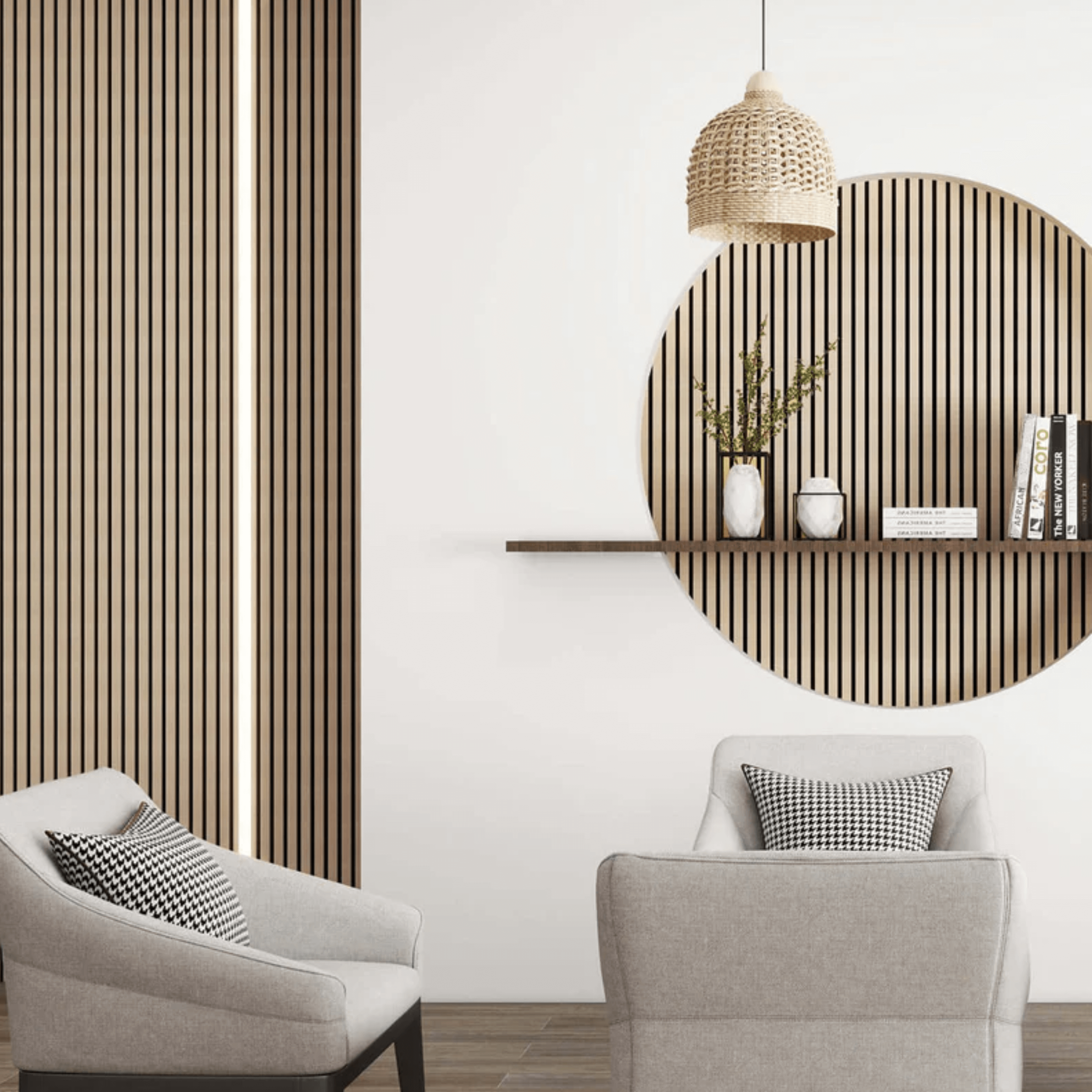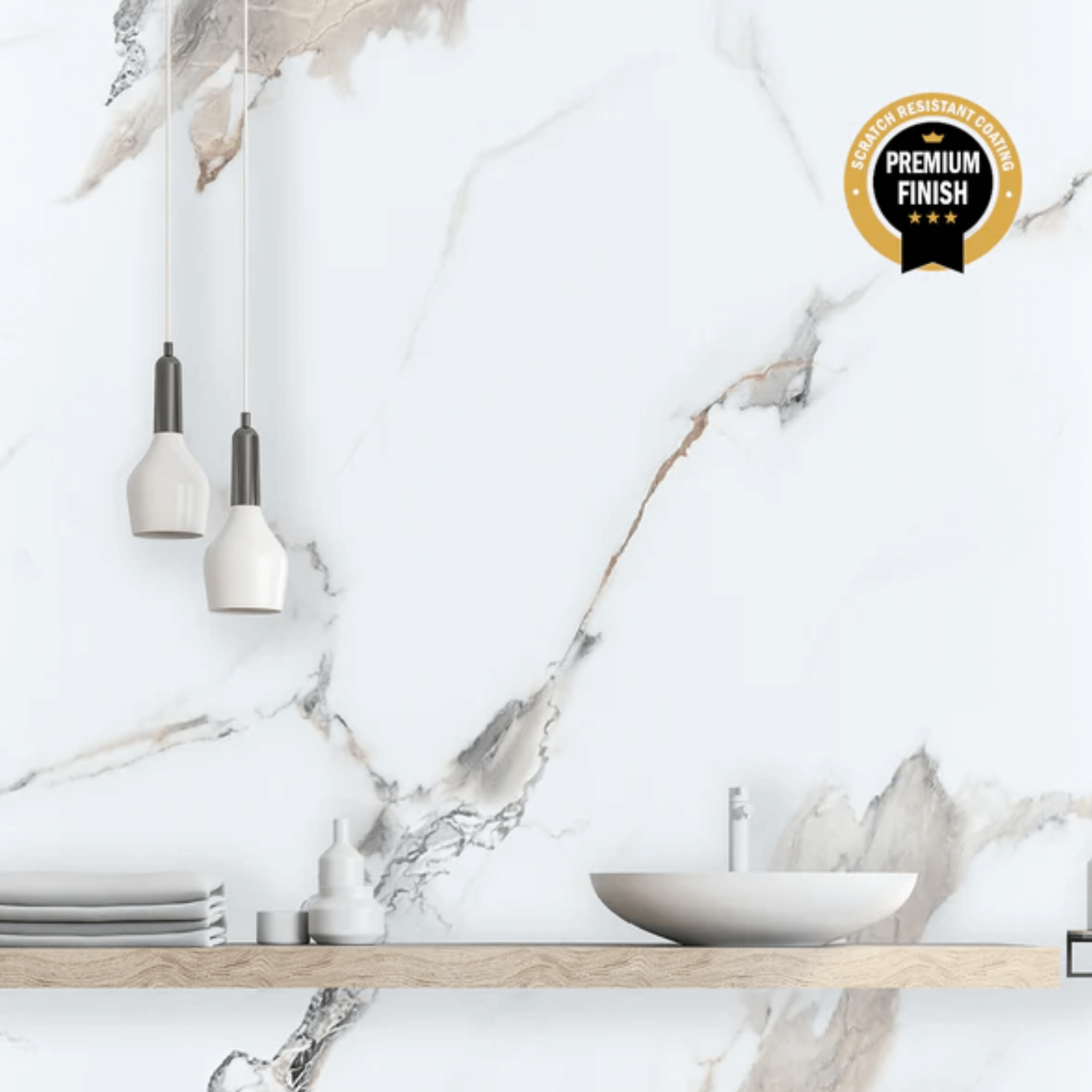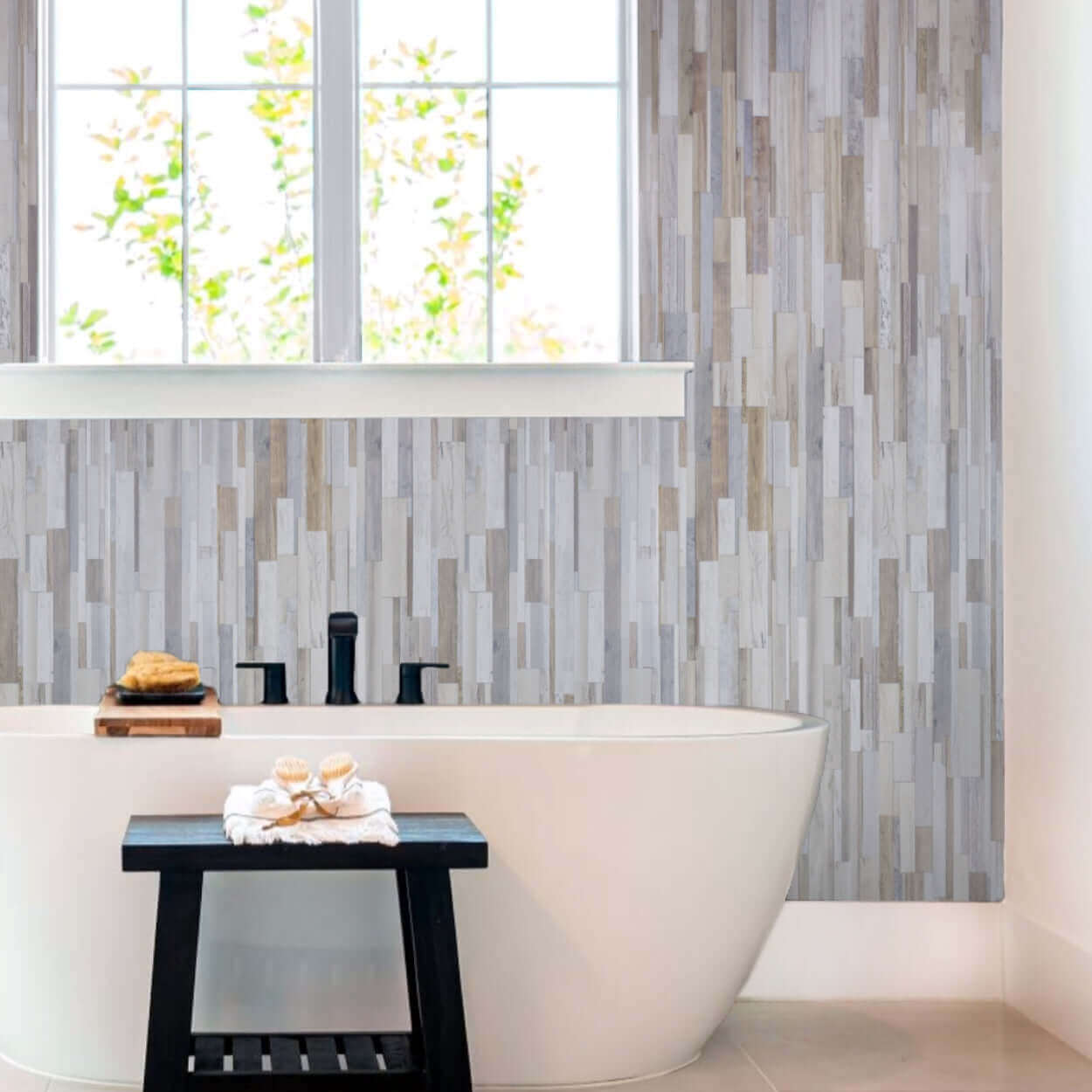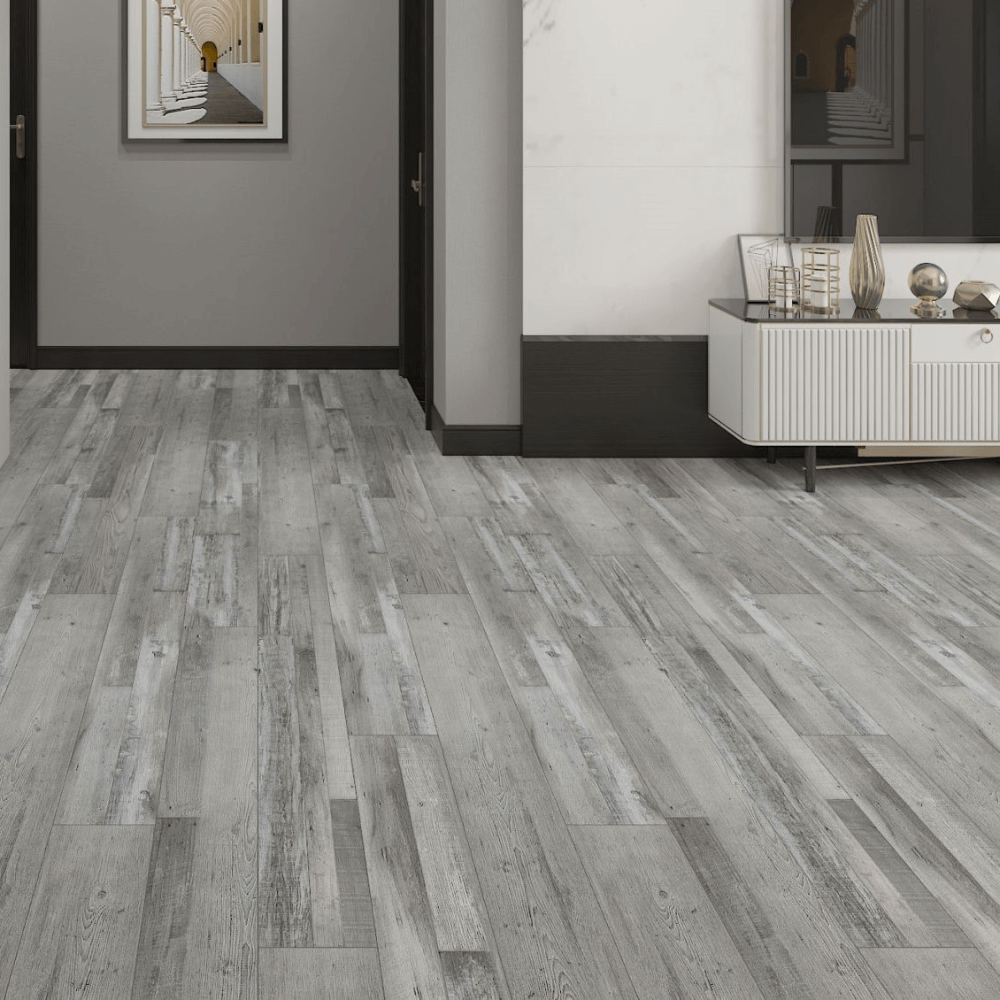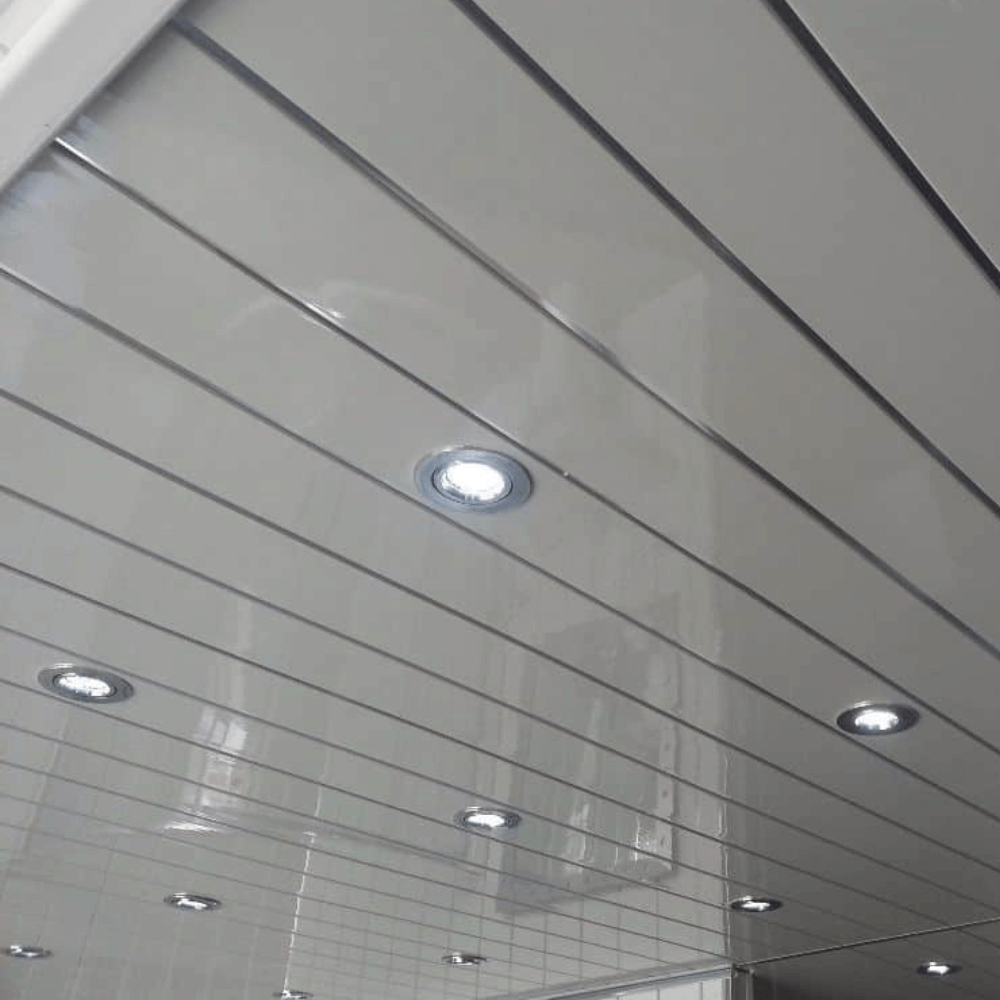
Acoustic panels are often associated with functional benefits, but they also offer a unique opportunity to enhance the style and visual appeal of your space. At Easy Panels, we offer a range of acoustic panels that come in various colours and sizes, allowing you to seamlessly integrate them into your home decor. This guide will show you how to use these panels to enhance your interior design, creating a space that is both stylish and cohesive.
1. Understanding Acoustic Panels as Design Elements
Acoustic panels are available in an array of colors and sizes, which makes them a flexible choice for various design needs. Their main role is to add a decorative touch while seamlessly blending into your existing decor.
Key Considerations:
-
Material Choices: Our panels are crafted from 13mm MDF with a wood veneer finish and feature a flexible felt backing that adds a unique texture and style. This combination offers a refined look suitable for both modern and traditional interiors.
- Design Options: Available in various sizes, our panels can be arranged creatively to fit your design theme. Whether you're looking for a subtle accent or a bold feature, our panels can be customised to match your decor.
2. Choosing the Right Color and Size
The color and size of acoustic panels significantly influence their integration into your decor. Here’s how to choose the right options:
-
Match Your Existing Palette: Select panels in colours that complement your existing decor. For a cohesive look, consider our range of colours: Charcoal, White Ash, Walnut, Natural Oak, and Grey Oak. Each colour can blend seamlessly with various design styles and settings.
- Contrast for Impact: If you want the panels to stand out, opt for contrasting hues. For example, Charcoal or Walnut can create a striking focal point, while White Ash and Natural Oak offer a softer contrast.

- Neutral and Subtle: Our White Ash, Grey Oak, and Natural Oak colours provide a neutral backdrop that integrates well into any decor. These tones enhance the overall aesthetic of your space without overwhelming it, making them ideal for versatile design schemes.
3. Integrating Panels with Existing Furniture
To create a cohesive look, consider how acoustic panels interact with your existing furniture and design elements:
-
Coordinate with Furniture: Ensure that the color and size of the panels harmonise with your furniture and other decor items. For instance, if you have modern furniture, opt for panels with clean lines and contemporary colors.
-
Use Panels as Art: Treat the panels as decorative elements, similar to artwork. Arrange them in a way that complements your room’s design and adds a touch of creativity.
- Accentuate Architectural Features: Place panels around architectural features like built-in shelves or fireplaces to enhance these elements and create visual interest.

4. Creative Panel Placement
The placement of acoustic panels can affect both their visual impact and their role in your decor:
-
Feature Walls: Create a feature wall using panels in a bold color or pattern. This can make a dramatic statement in living rooms, offices, or entertainment areas.|
-
Accent Areas: Use panels to highlight specific areas, such as behind a sofa, above a desk, or around a TV. This approach can add visual interest and define different zones within a room.
- Layering and Framing: Combine panels with other decor elements. Frame them with decorative moulding or incorporate them into a gallery wall to integrate them with other design features.
5. Matching Panels with Lighting
Lighting can enhance the appearance of acoustic panels and contribute to the overall ambiance of the room:
-
Backlighting: Install LED lights behind or around the panels to create a subtle glow. This technique highlights the panels and adds a stylish touch to the room.
-
Spotlighting: Use spotlights to draw attention to the panels, especially if they feature unique colors or textures.
- Ambient Lighting: Ensure that the room’s overall lighting complements the panels. Proper lighting will make the panels and other design elements look their best.
6. Incorporating Panels into Different Room Types
Different rooms have unique design needs. Here’s how to integrate acoustic panels into various spaces:
-
Living Rooms: Use panels as a design feature on a main wall or behind a seating area. Choose colors and sizes that enhance the room’s overall aesthetic.
-
Home Offices: Place panels strategically around your workspace to add visual interest while contributing to a well-designed environment.
- Bedrooms: Select panels with soothing colors and textures to create a serene and restful atmosphere.
7. DIY and Customisation Options
Acoustic panels aren’t just practical—they can be a stylish part of your interior design.
Add a Personal Touch
If you're feeling creative, consider customising your panels to reflect your personal style. For example, you could frame plain acoustic panels with wood or metal for a more polished, integrated look that complements your existing decor.
Design with Intent
Choosing the right colours, sizes, and placements allows you to seamlessly blend acoustic panels into your space. Whether you're aiming for subtle sophistication or bold accents, the right panel choice can elevate both the acoustics and aesthetics of a room.
Versatile and Beautiful
From blending into your furniture to acting as feature wall elements, acoustic panels are more versatile than you might expect. With a bit of imagination, they can become part of the design story—not just a functional fix.
Ready to enhance your home with stylish acoustic panels?
Browse our range of colours and sizes at Easy Panels and find the perfect fit for your space.




